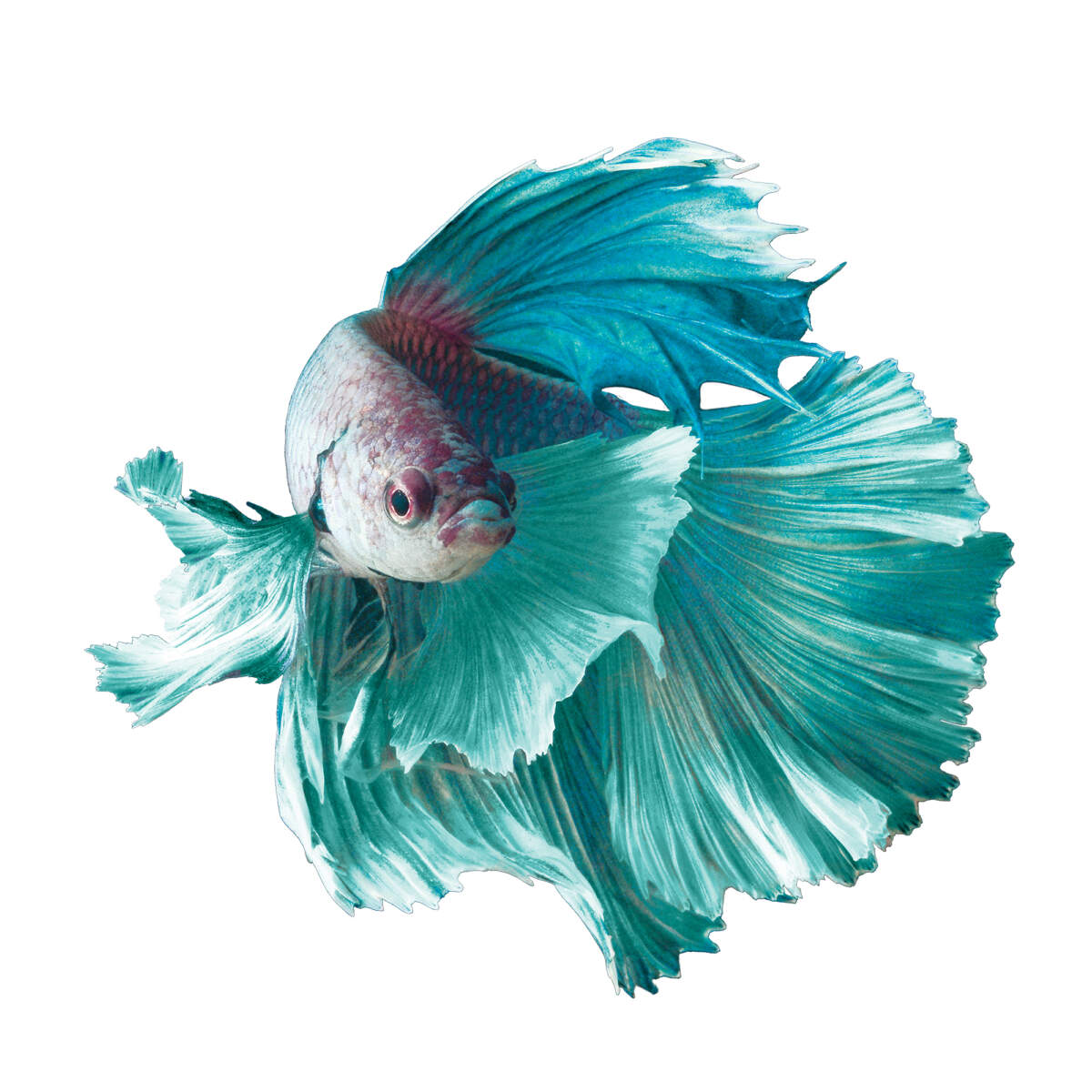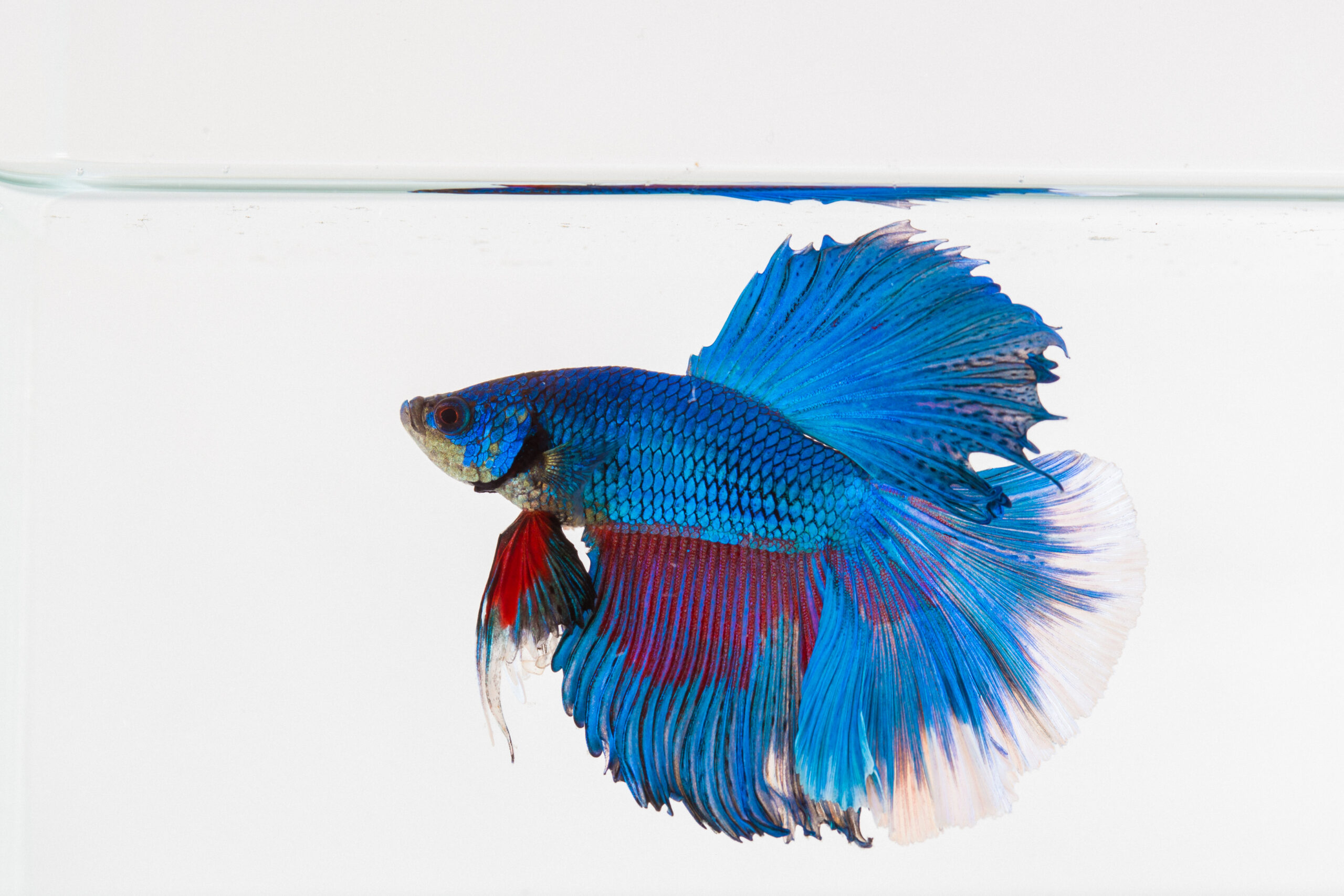Just How to Introduce Betta Fish to a Neighborhood Container Safely
Just How to Introduce Betta Fish to a Neighborhood Container Safely
Blog Article
Exactly How to Breed Betta Fish Successfully: Expert Strategies and Insights for Hobbyists Looking to Increase Their Betta Collection
Reproducing Betta fish requires a nuanced understanding of genes and environmental conditions, making it vital for enthusiasts to come close to the process with both diligence and treatment. Developing an optimal breeding atmosphere, selecting the appropriate sets, and observing the details of their courtship actions are foundational steps that can substantially affect the result.
Recognizing Betta Fish Genes
Understanding the genes of Betta fish is important for effective reproduction, as it influences characteristics such as shade, fin shape, and habits. Betta fish exhibit a varied range of colors and patterns, mostly determined by their hereditary makeup.
Along with pigmentation, fin morphology is an additional substantial facet of Betta genes (betta fish). The sizes and shape of fins are influenced by various genes, including those that identify whether the fins are brief, long, or veil-shaped. Comprehending these genetic variations assists dog breeders predict the phenotypic results of their children
Furthermore, behavior qualities such as aggressiveness and territoriality can additionally be influenced by genetics. These habits play an essential role in the reproducing procedure, as they can influence generating success and the general temperament of the resulting fry. By thoroughly comprehending these hereditary concepts, dog breeders can make enlightened choices, ultimately boosting their reproduction programs and accomplishing preferable results.
Preparing the Breeding Setting
Producing an ideal breeding atmosphere is vital for the effective reproduction of Betta fish. The initial step in preparing this atmosphere is to select a proper breeding container, preferably ranging from 5 to 10 gallons. This dimension allows for enough swimming space and the facility of areas. The storage tank needs to be outfitted with a heating system to preserve a stable temperature level in between 78 ° F and 80 ° F, which is important for urging spawning behavior.
Next, consider making use of a sponge filter or an air stone to offer mild water blood circulation without creating strong currents that can worry the fish. It is important to set up plants or breeding cones to provide hiding spots and advertise comfort for the female throughout the spawning procedure. Drifting plants, such as Java moss or water sprite, can likewise develop an extra native environment while promoting bubble nest building by the male.
Before presenting the breeding pairs, make sure the water is conditioned and devoid of damaging chemicals, such as chlorine or hefty steels. betta fish. Normal water adjustments should be carried out to maintain ideal water high quality, enhancing the possibilities of successful breeding. With these preparations in area, the reproducing atmosphere will certainly sustain the wellness and health of both Betta fish
Choosing Reproduction Pairs
Selecting the best reproduction pairs is important for achieving successful Betta fish recreation. When picking your breeding sets, think about numerous vital elements including health and wellness, character, and genes. Healthy Betta fish show vibrant shades, clear eyes, and active behavior. Choosing fish that are without disease guarantees a better chance of generating practical children.
Character is one more important factor to consider, as Betta fish are known for their aggressive nature. It is suggested to pick a male and female that exhibit compatible characters to decrease tension during the breeding procedure. A tranquil male can urge a smoother courtship, while a lady that is as well aggressive may disrupt the process.
Genetic background additionally plays a substantial function in the quality of the spawn. Breeding fish that are genetically varied can lower the danger of hereditary wellness issues and enhance the overall vigor of the fry. It is valuable to research the lineage of both the male and lady, focusing on preferable qualities such as fin type, shade patterns, and size.
The Breeding Refine
The reproduction process of Betta fish calls for careful planning and attention to detail to make sure a successful outcome. Initially, it is crucial to prepare a suitable reproduction container, preferably a 5-10 gallon fish tank with a temperature maintained at 78-80 ° F. The container must be outfitted with a heating system, filter (preferably sponge type to avoid solid currents), and lots of marine plants for the woman to conceal.
Once the setting is set, present the selected reproducing set to the storage tank, enabling them to adapt. Observe their click to investigate behavior; the male will certainly show intricate courtship rituals, including flaring his fins and building a bubble nest. If the woman reveals interest, she will present vertical stripes indicating readiness for spawning.
When the female is receptive, the set will engage in a mating welcome, during which the male fertilizes the eggs. Keeping optimal water problems during this duration is crucial for the growth of healthy and balanced Betta fry.
Taking Care Of Betta Fry

Feeding Betta fry is crucial, as they call for a diet high in protein. They can be fed infusoria or fluid fry food, transitioning to carefully smashed high-grade pellets as they expand. Feed small parts multiple times internet a day to encourage healthy and balanced development without overloading the storage tank with leftover food.

As they grow, check their development closely and separate any hostile people to avoid harm. By pop over to these guys offering a supporting setting and correct nutrition, hobbyists can efficiently raise Betta fry right into vibrant, healthy fish, eventually enhancing their breeding undertakings.
Verdict
Effective Betta fish reproduction needs precise attention to hereditary choice, ecological conditions, and care for the fry. By understanding the genes of Betta fish and preparing a suitable breeding setting, hobbyists can boost the possibilities of producing dynamic, healthy offspring.
Report this page